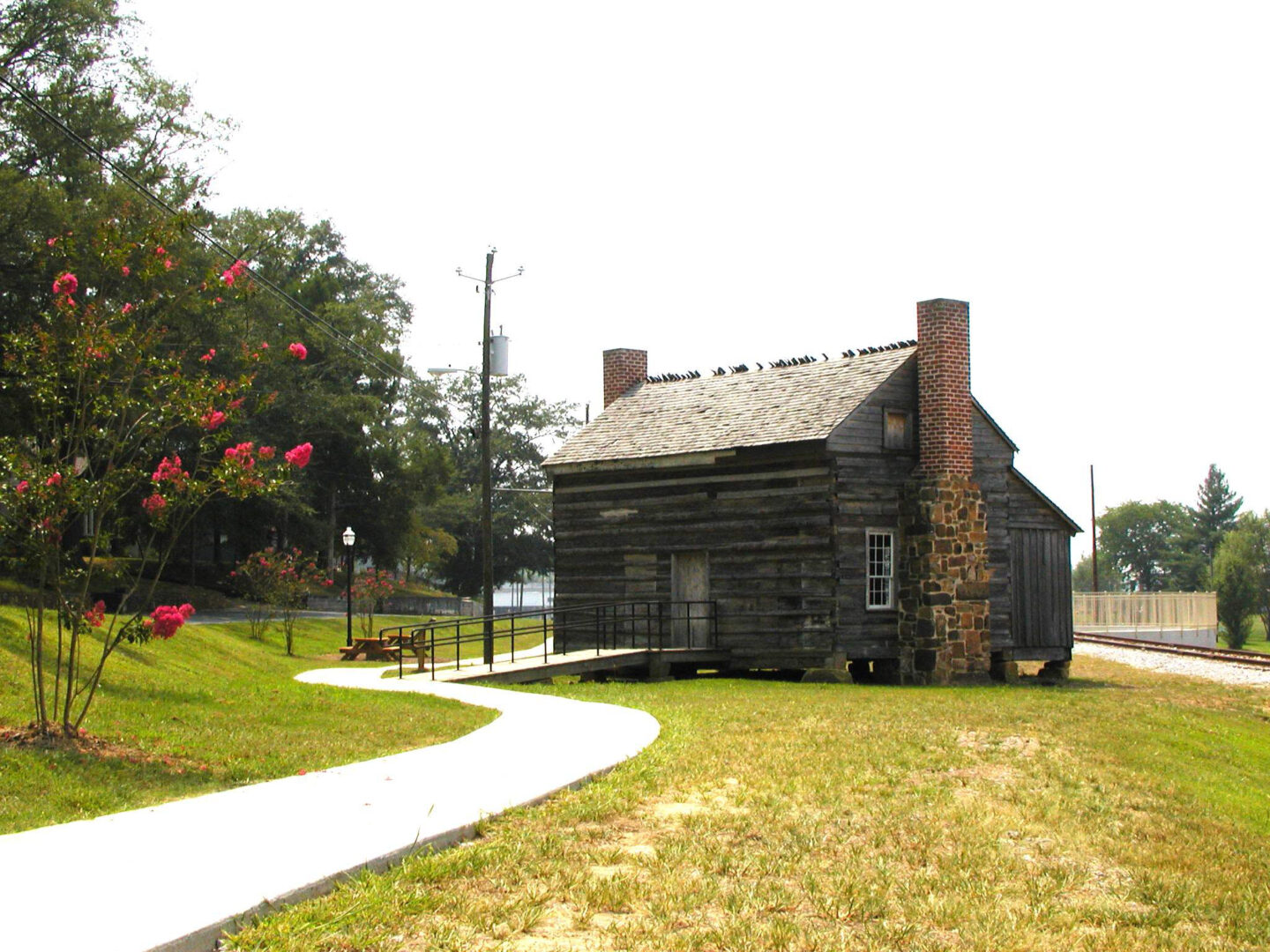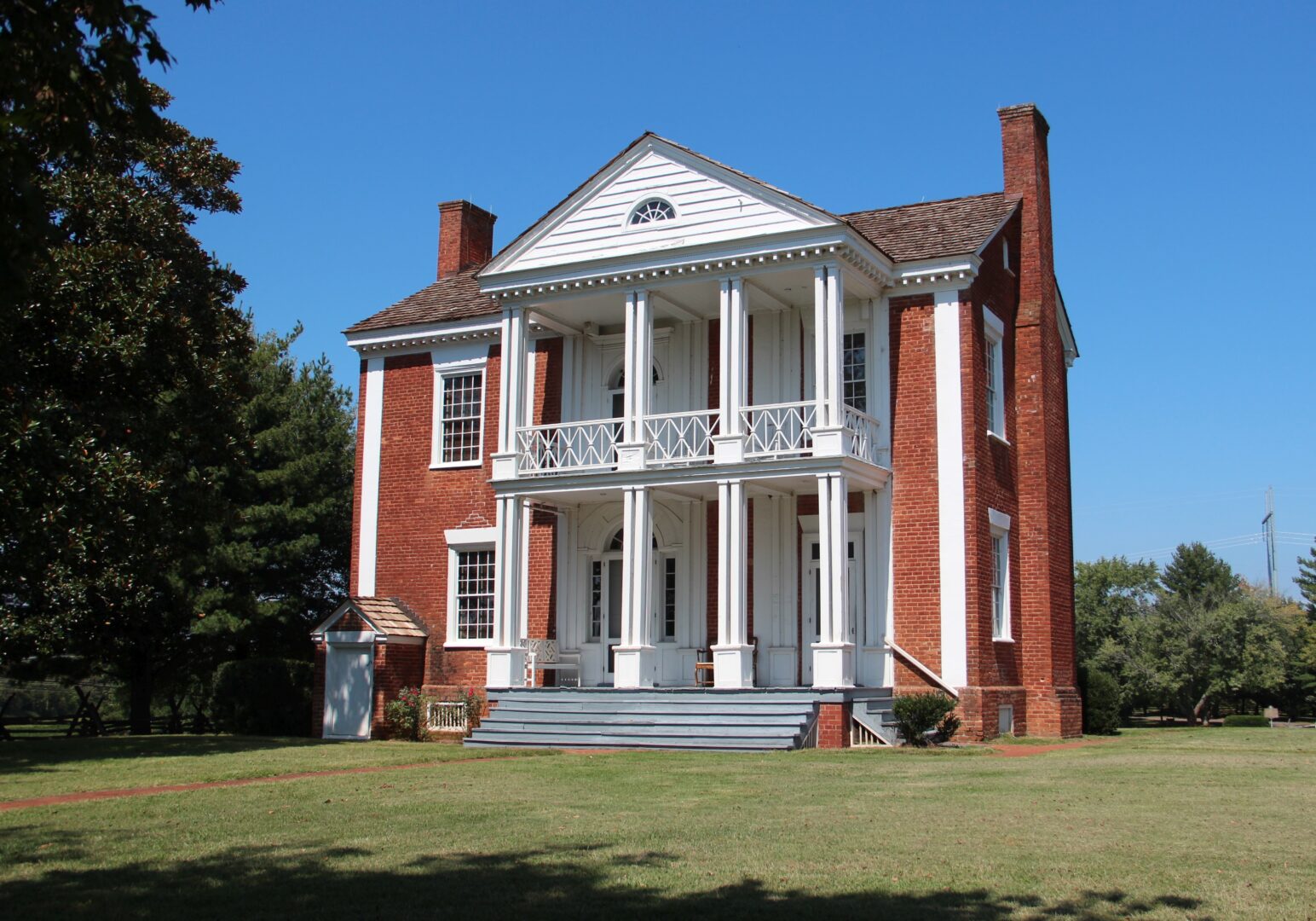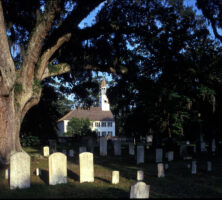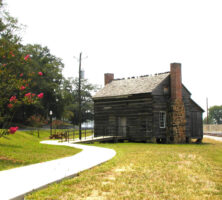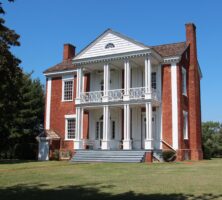The progress Georgia has made in preserving its tangible cultural heritage would not have been possible without a sound legal framework. A complex array of legal tools exists at the federal, state, and local levels. These laws protect historic properties both by regulating the actions of public agencies and private individuals and by providing economic incentives for their preservation and restoration. Perhaps the strongest statement of legislative commitment is found in the opening of the Georgia Historic Preservation Act of 1980: “the historical, cultural, and aesthetic heritage of this state is among its most valued and important assets and . . . the preservation of this heritage is essential to the promotion of the health, prosperity, and general welfare of the people.”
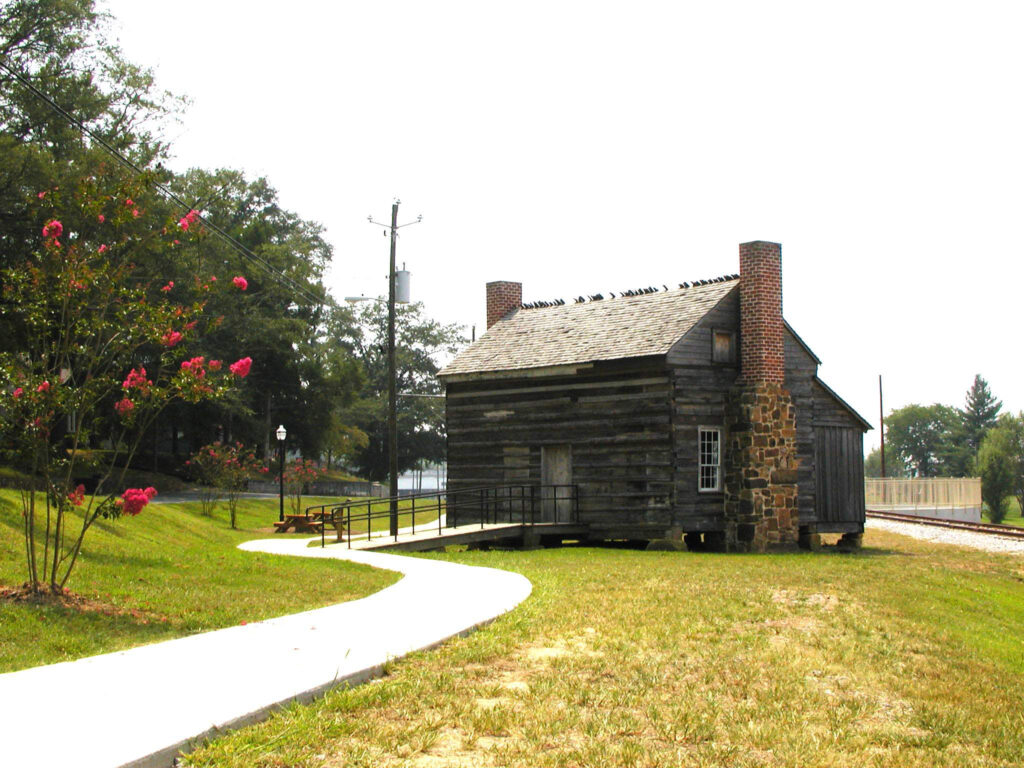
Photograph by Shelia J. Cothran, City of Summerville
In 1951 the Georgia General Assembly established the Georgia Historical Commission to be the public agency charged with acquiring, promoting, and protecting heritage resources. After the U.S. Congress passed the National Historic Preservation Act of 1966, the commission acquired a partnership role in the administration of federal preservation laws and programs. Through subsequent legislative and administrative changes, the Historic Preservation Division of the Georgia Department of Community Affairs has assumed the role of primary state preservation agency, with both federal and state responsibilities.
Both planning and environmental laws have played a role in preserving the state’s heritage. The Georgia Planning Act of 1989 placed Georgia among the first states to require inclusion of historic resources along with other planning elements in local, regional, and state comprehensive plans. Two years later the state legislature enacted the Georgia Environmental Policy Act, which regulated state governmental actions affecting heritage resources by establishing a review and comment process for proposed projects. The State Agency Historic Property Stewardship Program of 1998 went a step further by mandating that agencies identify and manage their historic properties according to statewide standards, and that they acquire and use space in significant buildings.
In addition to passing general laws, the state legislature has acted to preserve certain distinctive types of heritage resources. The Cemetery and Burial Ground Protection Policy Act of 1991 defines human remains and burial objects as part of the state’s finite, irreplaceable, and nonrenewable cultural heritage and provides for their protection. In 1992 the Georgia Council on American Indian Concerns was created to identify and, where possible, repatriate Native American remains and burial objects in the collections of museums and other institutions. Archaeological resources on state lands and in state waters are also protected, and their exploration is regulated by Title 12, Chapter 3 of the Georgia Code.
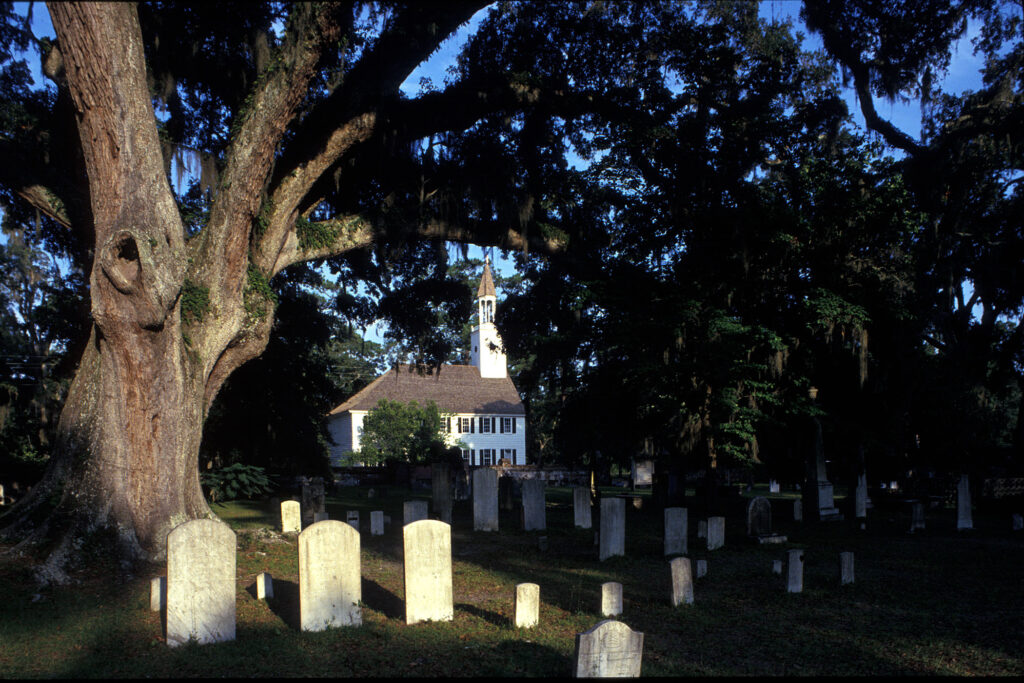
Courtesy of Georgia Historical Society.
The buildings in which laws are made and applied have also received legislative attention. Courthouses constructed before 1905 and listed on the National Register of Historic Places may not be demolished without voter approval, and the Commission on the Preservation of the State Capitol has been established.
Enabling legislation for local governments has been another key component of the legal framework. The Georgia Historic Preservation Act of 1980 authorizes cities and counties to enact ordinances to create historic preservation commissions and to designate historic structures and districts. Alteration, new construction, and demolition of designated properties may be regulated. More than eighty Georgia communities have taken advantage of this act. Local governments have also been given the authority to transfer development rights in order to protect lands with unique aesthetic, architectural, or historic value from future development.
The rehabilitation of historic buildings presents numerous economic and technical challenges, and Georgia is fortunate to have several laws that address these added burdens for owners. The Uniform Act for the Application of Building and Fire Related Codes to Existing Buildings enables local communities to use standards for rehabilitating historic buildings that are more flexible than those for new construction. Financial incentives include those in Title 12, Chapter 3, Section 50 of the Georgia Code, which authorize a grant program administered by the Georgia Department of Natural Resources to encourage the preservation of historic properties. These funds, while limited, have served as the catalyst for significant public and private investments. The state legislature also created a program to provide financial assistance to historical and cultural museums.
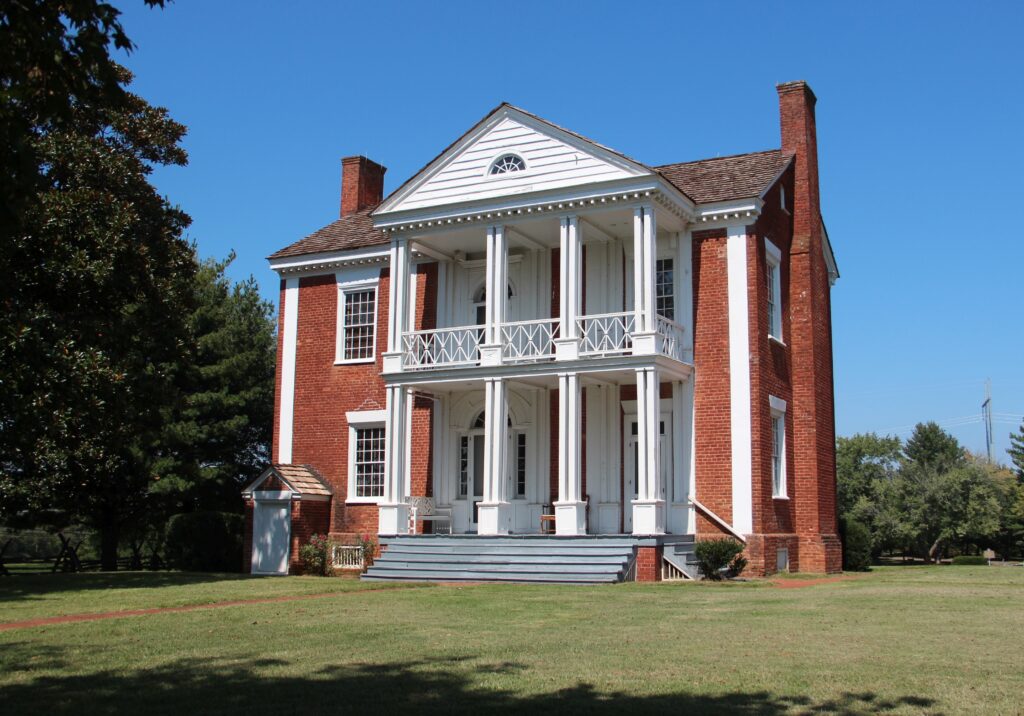
Image from Thomson200
In 1988 a constitutional amendment authorized tax benefits for historic properties. The Rehabilitated Historic Property Act of 1989 freezes the property-tax assessments at pre-rehabilitation levels for up to nine years when owners substantially rehabilitate their buildings according to state preservation guidelines. The Landmark Historic Property Act of 1990 allows local governments to adopt similar property-tax freezes for landmark properties without requiring rehabilitation. Tax assessors are also instructed by the Uniform Conservation Easement Act to reflect any reduction in property value from a facade or conservation easement the owner has given to a qualified organization. In 2002 the General Assembly further enhanced these incentives by adding state income tax credits for individuals who substantially rehabilitate certified historic structures.
This comprehensive legislative framework provides a sound basis for preserving Georgia’s cultural heritage.






